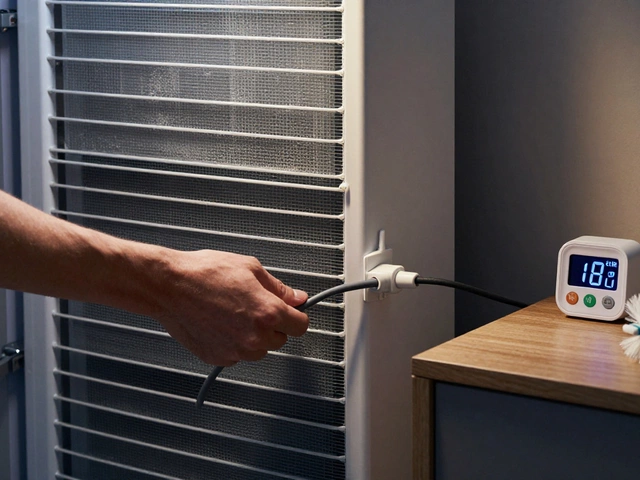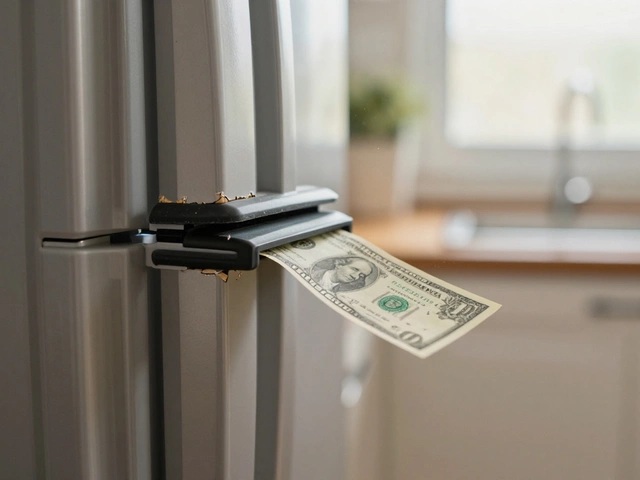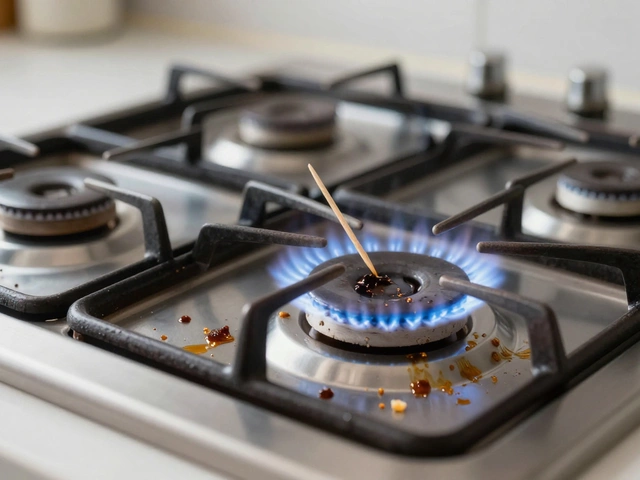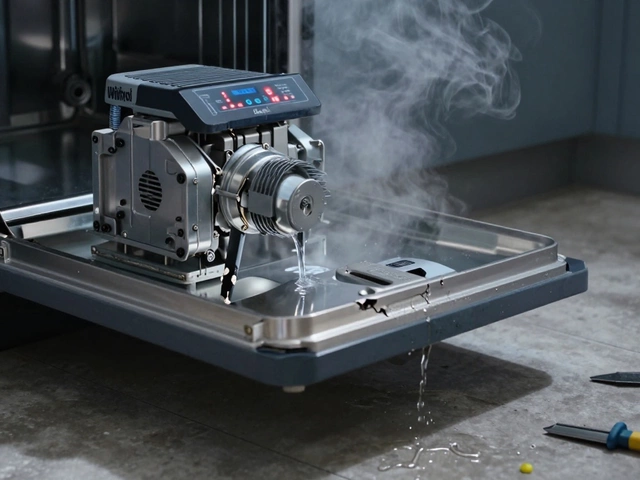How Long Do Dryers Really Last? A Straight‑Forward Guide
If you’re wondering whether your dryer will survive another five years or if it’s time to start budgeting for a new one, you’re in the right spot. A typical tumble dryer lasts about 10‑13 years, but that number can swing up or down depending on a few everyday factors.
What Determines a Dryer’s Life?
First off, the type of dryer matters. Electric models tend to outlive gas ones because they have fewer moving parts, but both can hit the same lifespan if they’re cared for properly. The biggest culprits that shave years off a dryer are:
- Heavy use: Doing loads every day or running the machine for long cycles adds wear faster than occasional use.
- Dirty lint filter: A clogged filter forces the motor to work harder, overheating the drum and shortening the motor’s life.
- Vent blockages: When the vent hose or external vent gets stuffed with lint, the dryer’s temperature climbs, stressing internal components.
- Bad installation: Poorly leveled units rock during spin cycles, which can damage bearings and belts.
- Quality of parts: Budget models often use cheaper motors and rollers that fail sooner.
Keep an eye on these areas, and you’ll push that 10‑year mark further out.
Simple Habits to Extend Your Dryer’s Life
Good habits take only a few minutes each week but pay off in years of reliable drying:
- Clean the lint filter after every load. It sounds obvious, but many people skip it when they’re in a hurry.
- Vacuum the vent hose and exterior vent monthly. Use a long‑neck brush or a vacuum attachment to pull out built‑up lint.
- Don’t overload. Fill the drum no more than three‑quarters full so the drum can turn freely.
- Level the dryer. Use a spirit level; adjust the feet until the unit sits flat. This reduces strain on bearings.
- Run a cleaning cycle. Some modern dryers have a “self‑clean” option that heats the drum to burn off residue. If yours doesn’t, run an empty hot cycle once a year.
These steps keep the motor and heating element from overheating, which are the two parts that usually give out first.
Even with perfect care, parts will eventually wear out. When you notice a humming noise, a drum that won’t turn, or clothes that stay damp after the cycle, it’s time to weigh repair versus replacement.
When Repairing Isn’t Worth It
Here’s a quick checklist to decide if you should call a pro or start shopping for a new dryer:
- Cost of repair exceeds 50 % of a new dryer. A busted heating element or motor can run $200‑$400, while a decent new dryer sits around $500‑$800.
- Multiple recurring issues. If you’ve fixed the same problem twice, the underlying cause is probably deeper.
- Age over 12‑13 years. Older models often lack energy‑efficient features, meaning you’ll spend more on electricity.
- Safety concerns. Sparks, burnt smells, or excessive vibration can be fire hazards.
If any of these apply, replacing the dryer will likely save you time, money, and stress.
When you do buy a new unit, look for an Energy Star rating, a removable lint trap, and a vent‑cleaning reminder. Those small features make maintenance easier and help you get the most out of the next decade.
Bottom line: a well‑maintained dryer can last well beyond the average 10‑year mark, but ignoring lint, vent blockages, and load sizes will cut that short. Keep the simple chores in your routine, watch for warning signs, and you’ll know exactly when to repair and when to replace.
How Many Years Does a Dryer Last? Lifespan, Care, and Repair Tips
- Alden Wilder
- May 8 2025
- 0 Comments
Wondering how long your dryer will actually last? This article digs into the typical lifespan of a home dryer, explains what really causes dryers to die earlier, and points out a few signs your machine might be calling it quits. You'll also get practical tips to squeeze extra years from your dryer and handle simple repairs without calling in a pro. Expect straight answers, no nonsense, and some surprises if you've never thought about dryer care and repair before.
View More




